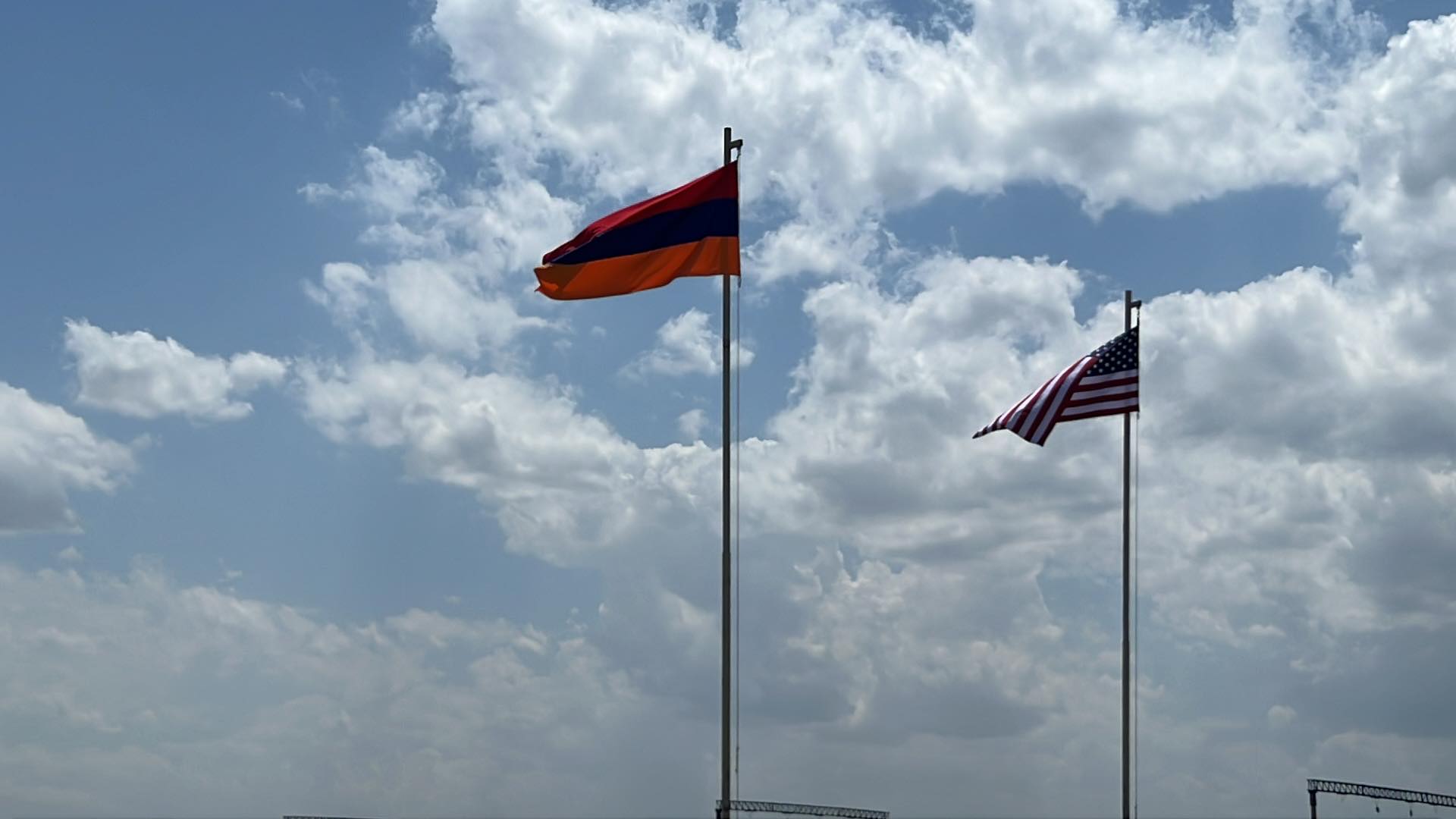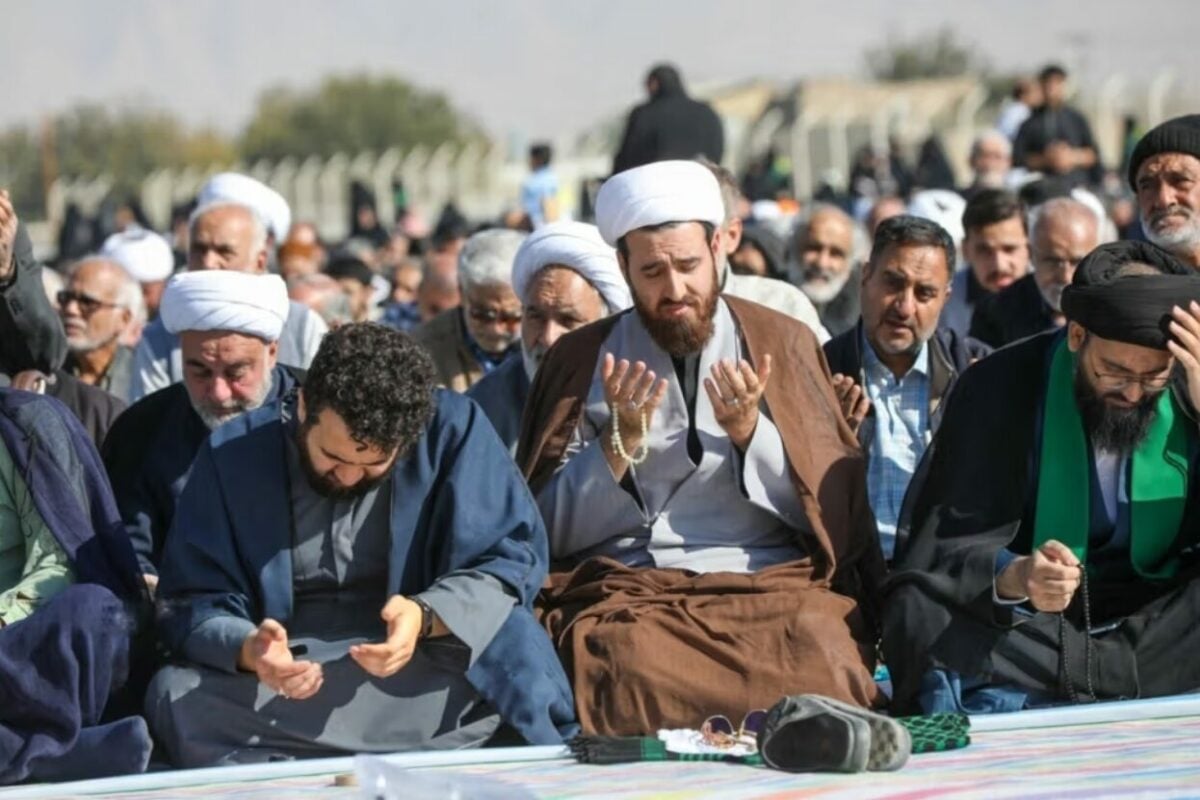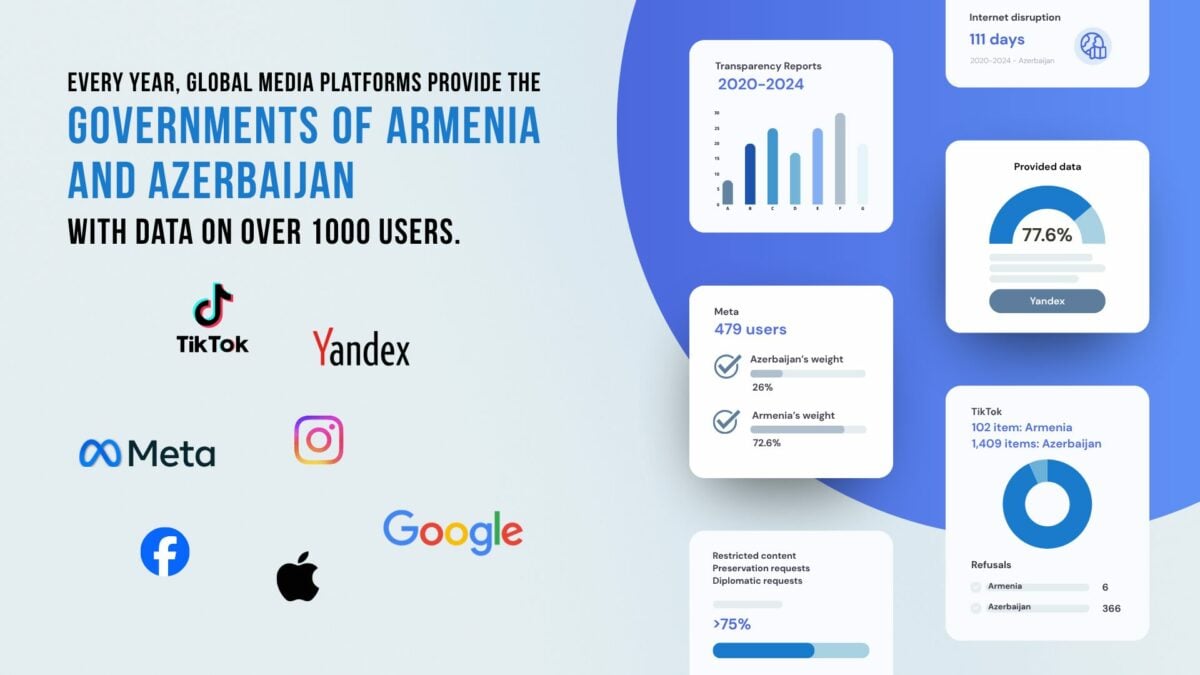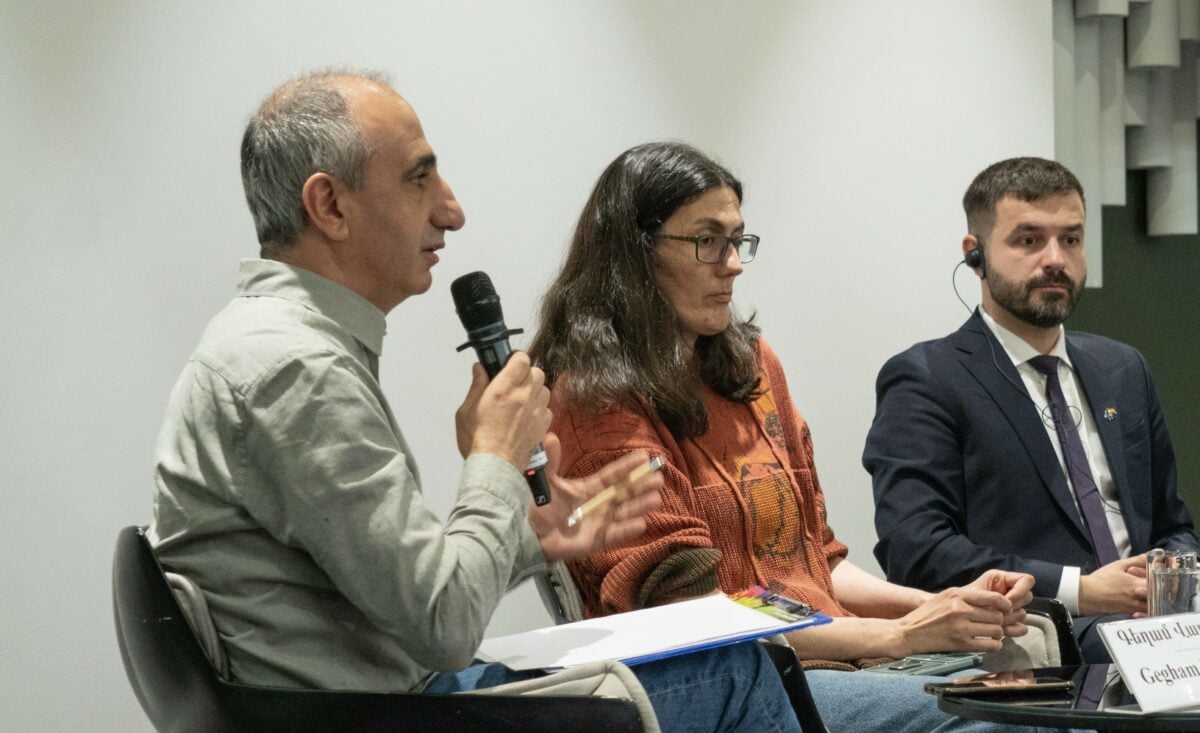The recent Armenian-Azerbaijani border clashes had an economic-environmental undertone. Azerbaijan targeted the metal smelting plant under construction in Yeraskh village of Ararat region.
The Armenian government interpreted Azerbaijan’s aggression as an attack against Armenia’s economy. Both the defense ministry and the media continually highlighted that the attack was on a “foreign-invested” smelting plant. International ambassadors were invited to the site.
The media addressed relatively few issues associated with the plant: the owners, on what basis the permit was issued, if there are environmental and social issues, etc.
Although the news about the scrap metal processing plant has been circulating since last year, there have been no reports on its safety or environmental impact, and no independent environmentalists have participated in the public hearings or made any publications. The information about the owner of the plant, GTB Holding, interested journalists (except perhaps for Hetk) only after the enemy’s aggression.
Economic policy
Days before the attack, Minister of Economy Vahan Kerobyan notified the public that “a large 70 million worth Armenian-American metallurgical plant is under construction in Eraskh.”
Pashinyan’s government continues encouraging international investments and offering privileges to investment projects in bordering communities. The goal is to provide work and stimulate the population to stay despite the security risks.
Another political and economic goal is to make Armenia a country that exports products rather than raw materials.
“We sell a ton of raw iron for 40.000-45.000 AMD to foreign countries while buying the finished product is 9-10 more expensive. Therefore, the utilization of secondary raw materials processed within the country is crucial,” we read in the factory’s Environmental Impact Assessment (EIA) report.
The Yeraskh plant is an attractive project for the RA government for two reasons: it is located in a border village, about 400 meters from the Nakhichevan border; it is devised to organize the processing of black metal scrap.
Geopolitical comments
On June 20, one week after Azerbaijan opened fire in the plant’s direction, the management of GTB Holding ceremoniously raised Armenian and USA flags in the area. Several media broadcasted this ceremony live. According to GTB Holding director Tiran Hakobyan, the US flag can have a psychological impact.
The media hinted that raising the US flag on the border was a “message” to Baku.
Hetq wrote that one of the owners of GTB holding, which is building the factory, is US citizen Bobby Singh Kang who has 50 percent of the shares; the other owner is Nona Sargsyan, the daughter of RA national hero Vazgen Sargsyan’s brother Armen Sargsyan.
The spokesperson of the US State Department wrote on Twitter that the US is deeply concerned about the injury of two employees of the US-affiliated company. EU civilian observers and ambassadors accredited to Armenia also visited the site.
The most discussed question among experts was whether Azerbaijan would be afraid to attack a factory linked to the USA or not (News, Factor TV).
Even after the Armenian and US flags were installed, Azerbaijan opened fire at the construction site.
Environmental issues did not make headlines
Although there were reports and rumors about the smelting plant project for almost a year, little was written or discussed. Experts did not raise the alarm; environmental activists did not take any action. Four public hearings were held, in which independent experts did not participate, and the media did not cover them.
Azerbaijan speculates on the environmental risks of this project, saying that the plant is close to the Nakhijevan border and the Araks River.
“Disregarding Azerbaijan’s statement mentioned above,” GTB Holding denied possible environmental risks with a response statement.
According to the company’s environmental impact assessment, production water leakage will be excluded, and household water will be purified with 95% efficiency.
There will be no impact on biodiversity because “the area has been under anthropogenic influence for many years, due to which plants and animals are absent.” Metal smelting will be conducted in electric furnaces; the exclusion of emissions into the atmosphere from gas combustion will be ensured. An aspiration system and two stages of gas cleaning are planned to clean the dust, and a 33-35 m high pipe will be built to improve atmospheric dispersion.
In this case, the Ministry of Environment of Armenia clarified that international law does not oblige to consult (consultation) with the neighboring country.
Thus, one more conflict adds to the many disputes of the Armenian-Azerbaijani settlement: the Yeraskh factory. The topic remains in the geopolitical discussion domain and is mainly covered from the perspective of the national interest agenda. The media continues reproducing political assessments and narratives without defining its own agenda and issues.
Knar Khudoyan







